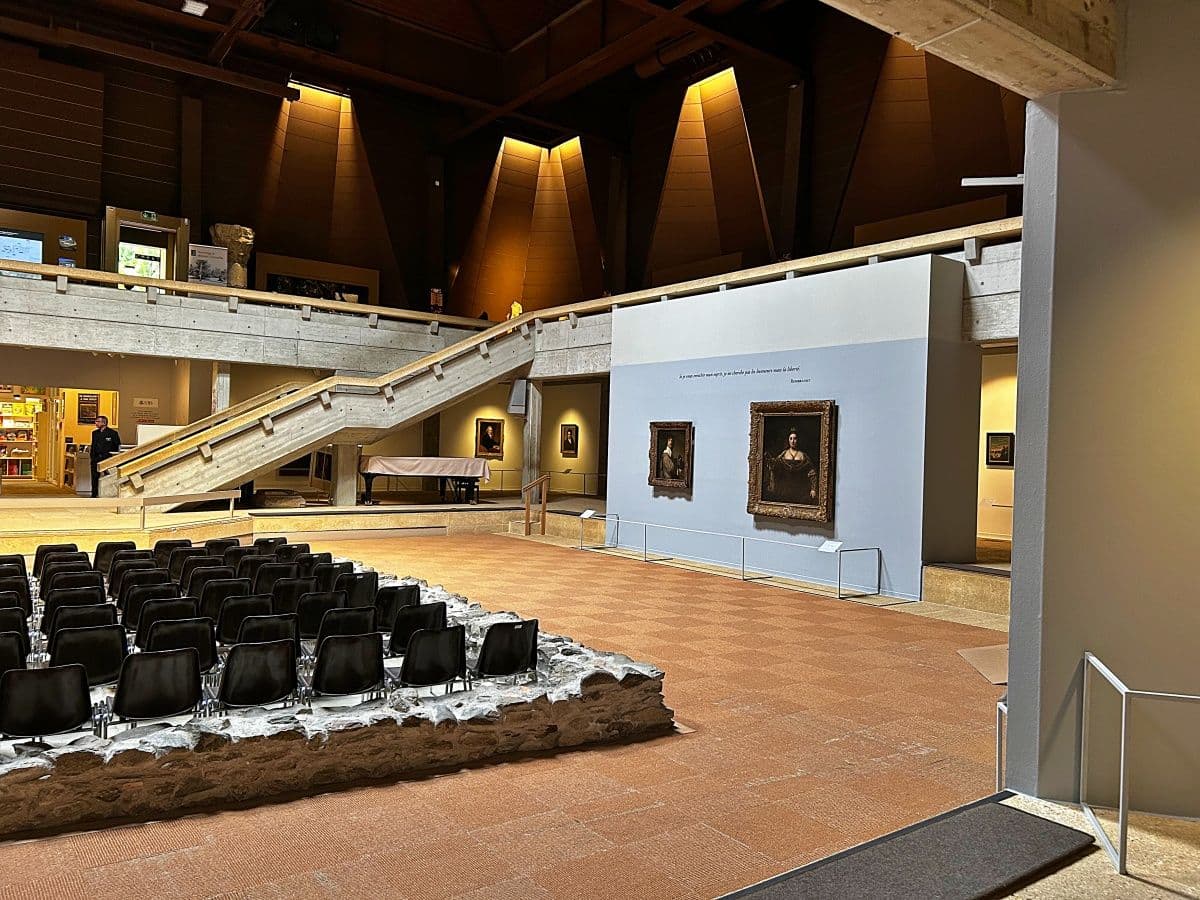There are more than 5,000 of these clocks displayed in train stations across Switzerland. We have all looked up at them and broken into a run (or distinguished fast-walk) to catch a train that will definitely leave right on time. The Swiss railway clock is part of our everyday commuting and travelling routine, existing in the backdrop as a careful keeper of time and orderly departures.
The first version of this clock was designed in 1944 by Hans Hilfiker, a SBB-CFF engineer and deputy head of the construction department when the SBB-CFF standardized their clockfaces and synchronized their timekeeping. Originally omitting the second hand (because trains in Switzerland always depart on the minute), a second version of the clock made its appearance in 1953 when Hilfiker added the red second hand, in the form of the signaling batons used by train dispatchers to give trains the “all-clear” to leave. Hilfiker knew that every second counts when you have a train to catch. The second and definitive version has remained unchanged until today.
As one of the most recognizable faces in the horological world (kind of like the Beyoncé of clocks), it has become an integral part of the Swiss national image. And with good reason. As with many other Swiss design icons, the form follows the function (sound familiar?). The fact that the clock face is numberless makes it easier to read from a distance, and at a glance.
If you pay careful attention, when the second hand reaches twelve o’clock, it pauses for a second (and a half), the minute hand then jumps forward, and sets the trains in motion. The reason for this “jump” is a remnant of earlier technologies (stay with me…). Originally, all the station clocks in Switzerland were controlled by one single master clock. The master clock would send out an electrical impulse every minute to synchronize the clocks, hence advancing the minute hand by one minute. The second hand works with an electrical motor that is not controlled by the master clock, which takes 58.5 seconds to circle the face. The second hand must wait 1.5 seconds at the top of the clock before it receives the impulse from the master clock and the minute hand advances. The “jump” is no longer technically necessary but nonetheless remains part of the design.
The station clocks have been produced by the same company from the very beginning, Moser-Baer, in the Emmental region near Bern. Approximately 10 employees are responsible for building the clocks which have over 700 individual pieces. In 1986, the SBB-CFF granted Zurich-based watchmakers Mondaine the license to commercialize the clocks for personal use: either wall clocks for the home or wristwatches.
Unfortunately, the Mondaine clocks do not make the “jump”. I just stared at mine for a long time, and can sadly assure you that there is one continuous movement for 60 whole seconds. Is it wrong to feel a little cheated? Like 1.5 seconds cheated? If only I could stop time…




